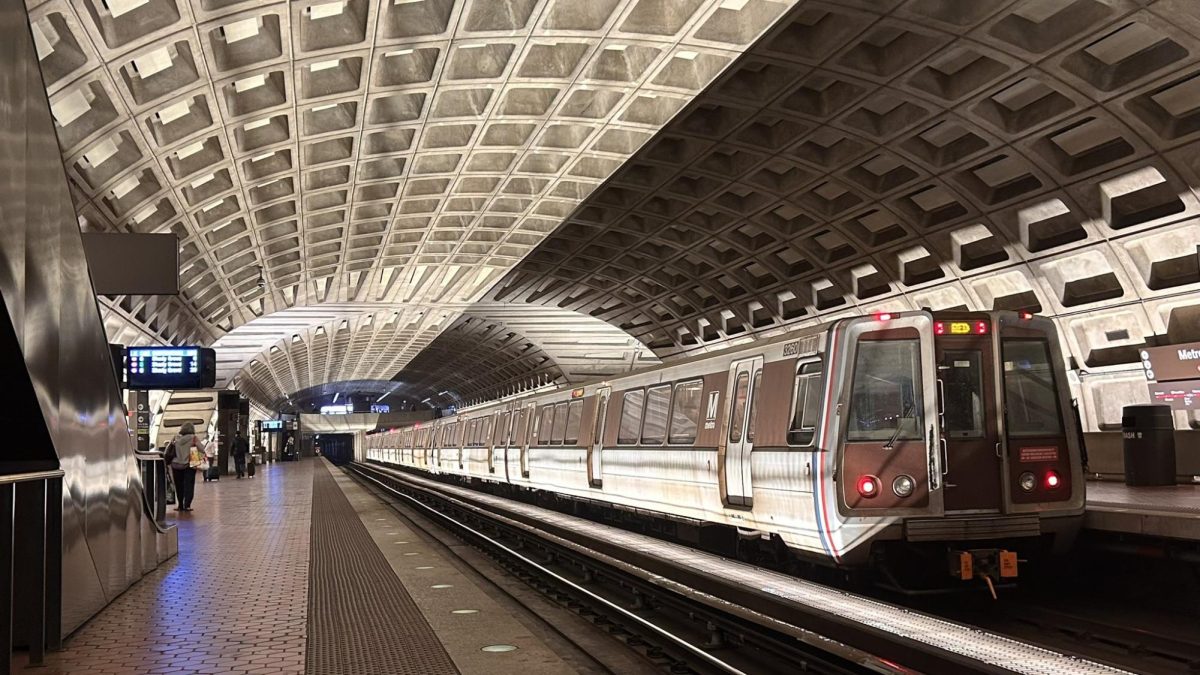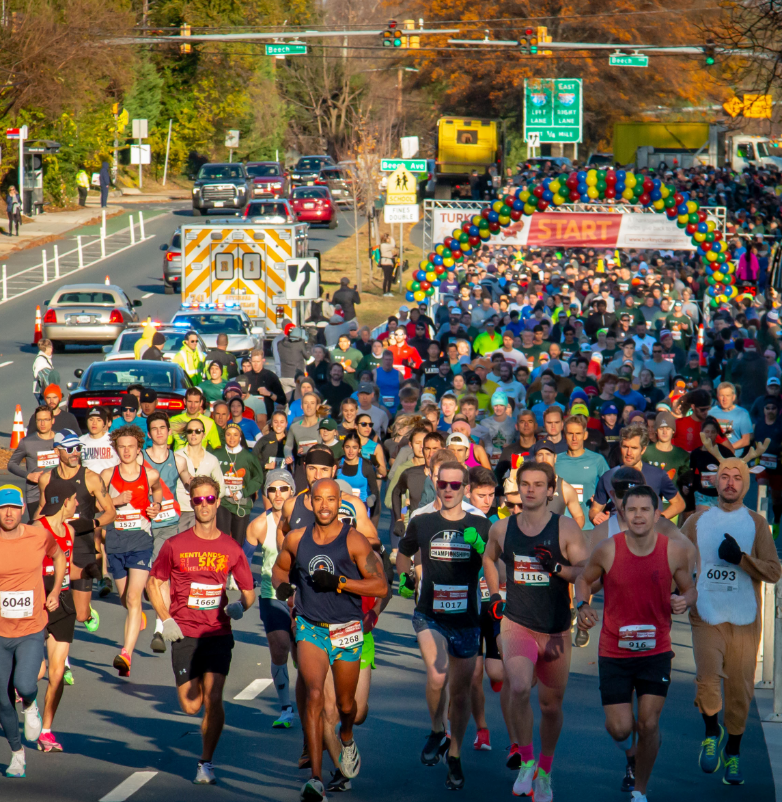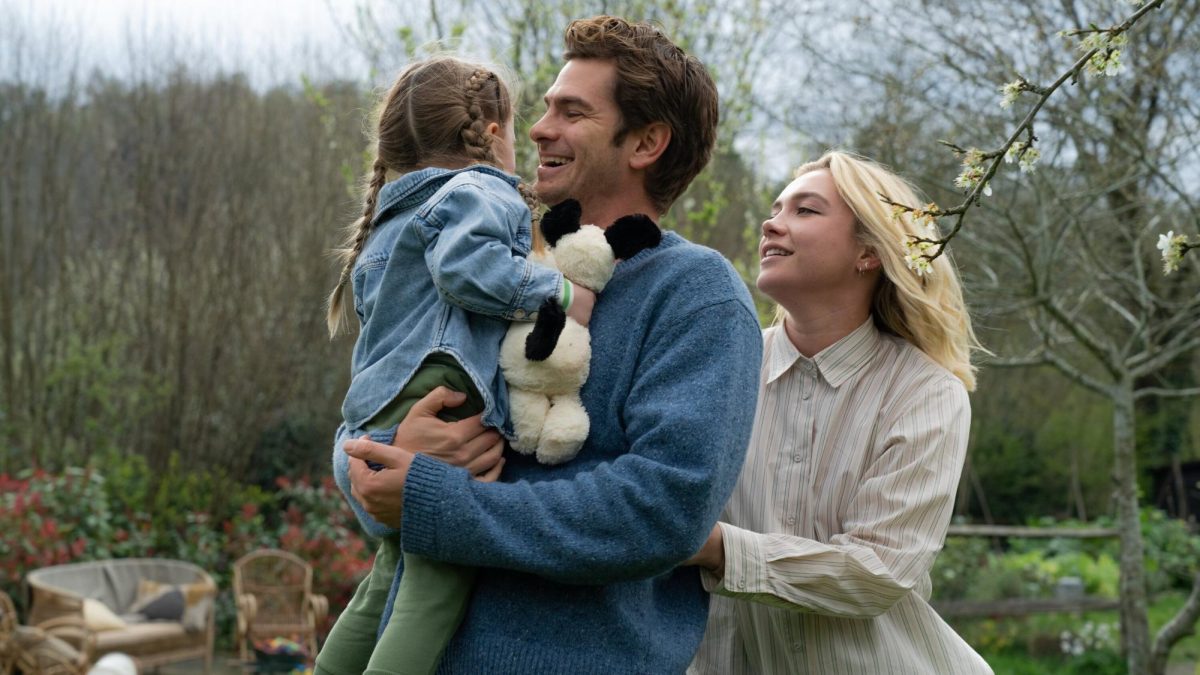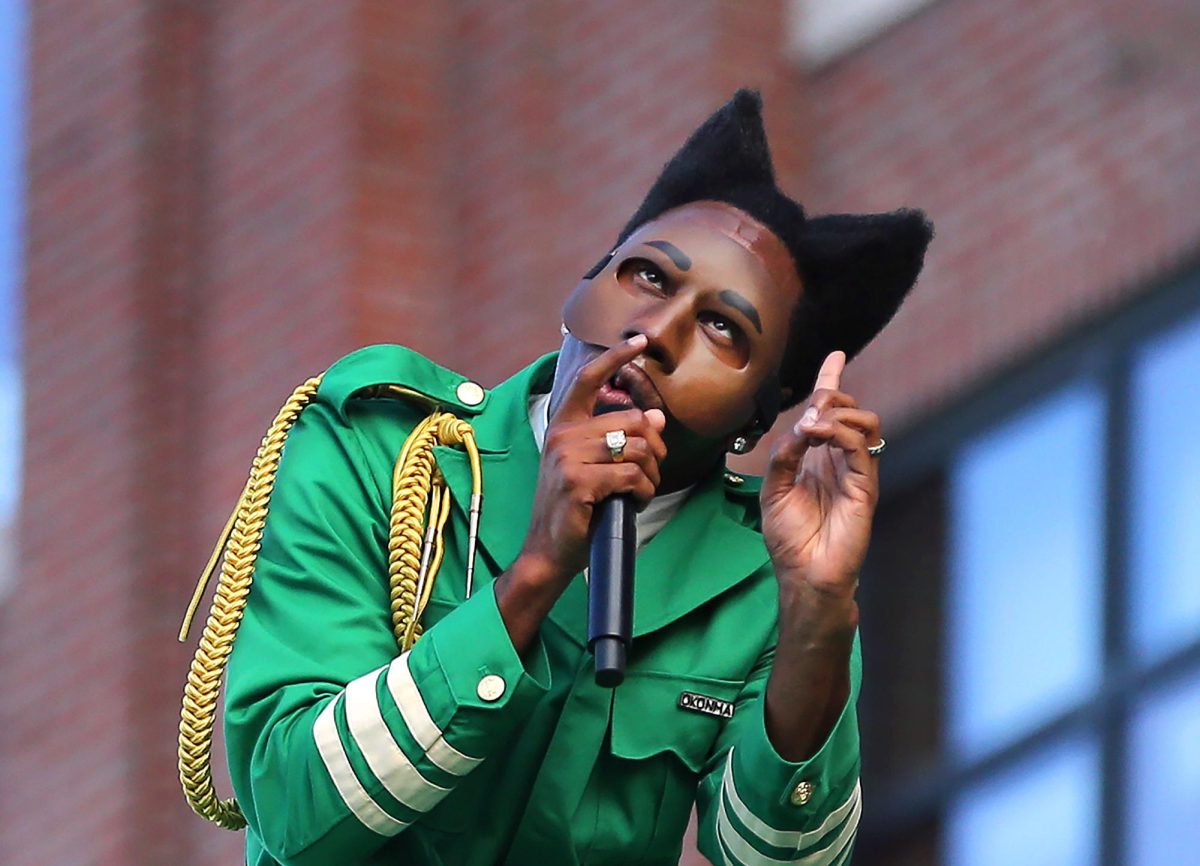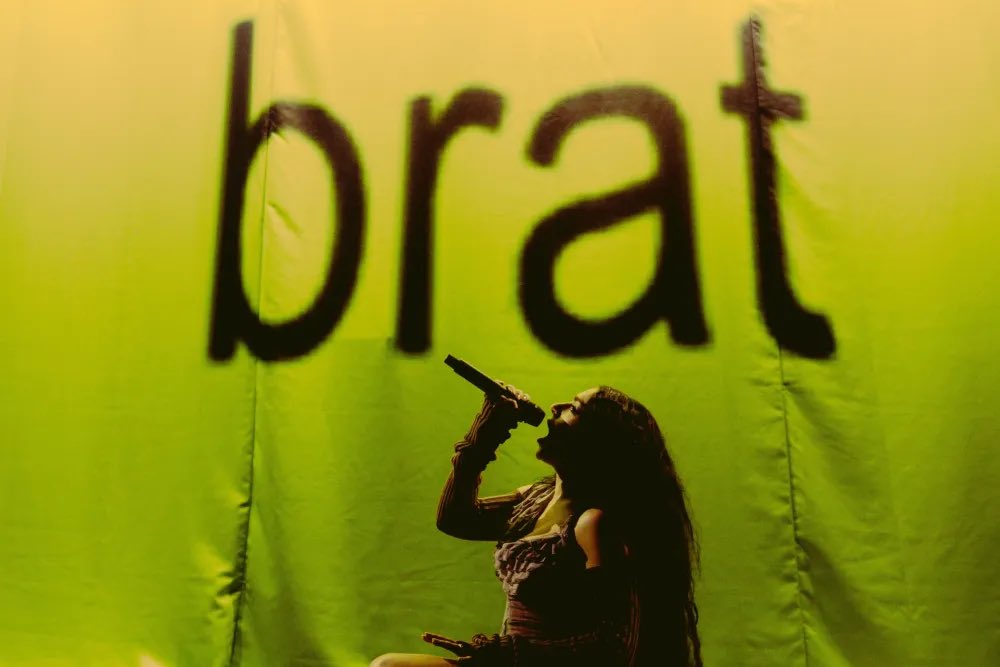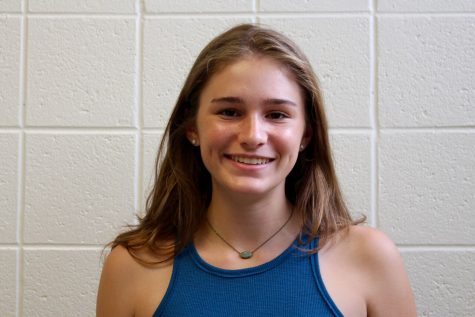Streets of Havana are lined with antique cars, horse and buggies and billboards depicting Cuba’s former revolutionary leader. Wildflowers surround the cobbled stairwells near local shops and restaurants. Whitman students are overwhelmed by these vibrant sights as they explore Cuba for the first time.

This past spring break, Education First tours led some members of the Whitman community through Cuba on one of the first sanctioned trips to the country since the 1960s.
“I’m very well-traveled and have been to a lot of places that I have wanted to go,” said English teacher Laurie Safran, who helped organize the trip. “My entire life I couldn’t travel to Cuba, but when it became an opportunity through the Obama administration, I was almost desperate to go.”
The group visited historical landmarks, cigar factories, battle sites and museums, which helped fully immerse the travelers into Cuban culture. For junior Isabel Robinson, the country’s simple development made the trip more personal and engaging.
“It was very interesting seeing the women handcraft the cigars because they are such a luxury for many Americans,” Robinson said.

Although the infrastructure and technology in Cuba was unfamiliar, junior Ian McCallum said the developing aspects contributed to how unreal the experience was.
“It was actually nice to escape modernity for a short stint and almost go back in time in terms of the development of your surroundings,” McCallum said.
Other students admired Cubans’ humbleness towards American tourism. Robinson in particular said she noticed the locals’ welcoming environment.
“Even though there have been so many restrictions, their lives seemed so easy-going and simple,” Robinson said. “Everyone around was so down to earth and accepting of Americans especially. In general, everything was colorful.”
While travelers took in the mosaic art and flower arrangements along the streets, others noticed remnants of the country’s violent past. Propaganda illustrating Cuba’s former revolutionary leader, Che Guevara, remains plastered on buildings.

“Posters [and] propaganda were all over the island. It’s in your face constantly,” parent Lorraine Robinson said. “It’s not about the individual but about how united it was of the people.”
Despite the country’s hardships, Cubans worked together to develop and expand the island. Both Robinsons said they were eager to travel to the island because they have personal connections with the country.
“I automatically signed up [for the trip], there was no choice,” Isabel said. “My mom has family in Cuba, so she’s always been desperate and attached to a place she hasn’t been able to go.”
Finally reuniting with her family made the vacation more personal, Lorraine said.
Whether visitors traveled to meet with family or to simply satisfy curiosity with the island after the 54-year embargo, it was an emotional experience all travelers’ whose questions about what the island had to offer were answered when they got the chance to visit a sight for their first time.
“It has been on my bucket list for years,” Safran said.



